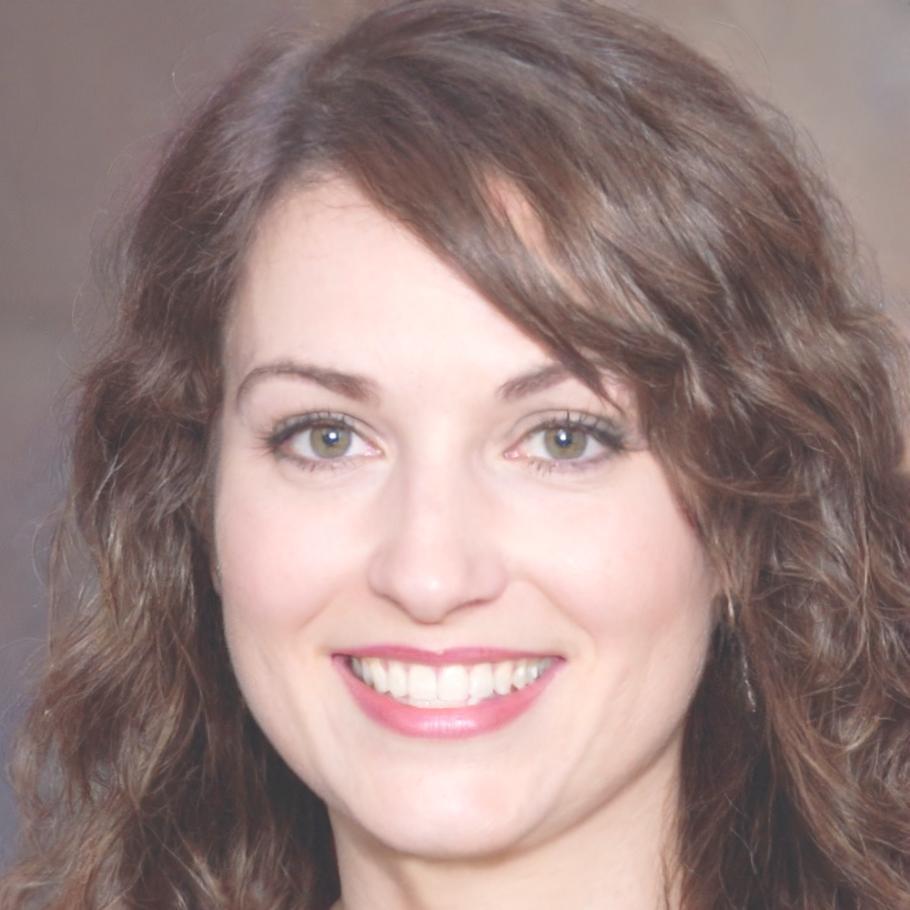Master Working Capital Through Real Analysis
Our program isn't about theory or textbook formulas. You'll work with actual company data from Vietnamese markets, learning how cash flow patterns shift seasonally and what that means for day-to-day business decisions. By the end, you'll understand what those numbers actually tell you.
Get Program Details
What You'll Actually Learn
Each module builds on the previous one. We start with fundamentals and move toward practical application with companies facing real liquidity challenges.
Reading Financial Position
Start by understanding what balance sheets and cash flow statements reveal about a company's current liquidity situation.
- Current ratio interpretation
- Quick asset analysis
- Operating cycle basics
- Cash conversion metrics
Inventory Management Impact
Explore how different inventory approaches affect cash availability, using examples from manufacturing and retail sectors.
- Turnover rate calculation
- Days inventory outstanding
- Seasonal adjustments
- Cost of holding stock
Receivables and Payment Terms
Understand how credit policies influence working capital and what happens when customers delay payment beyond agreed terms.
- Days sales outstanding
- Collection effectiveness
- Credit risk assessment
- Aging analysis methods
Payables Strategy
Learn how payment timing to suppliers can be optimized without damaging business relationships or missing early payment discounts.
- Days payable outstanding
- Supplier term negotiation
- Discount opportunity cost
- Payment scheduling
Cash Flow Forecasting
Build short-term cash projections based on historical patterns and upcoming business activities across different scenarios.
- Weekly forecast models
- Scenario planning
- Variance analysis
- Adjustment triggers
Comprehensive Analysis Project
Apply everything you've learned to a full company case, identifying issues and proposing specific improvements with measurable targets.
- Complete ratio analysis
- Problem identification
- Solution recommendations
- Implementation timeline
Program Schedule
Weeks 1–2: Foundation Building
Master the core concepts and get comfortable reading financial statements. Weekly exercises with feedback help solidify understanding before moving forward.
Weeks 3–5: Component Deep Dives
Focus on inventory, receivables, and payables individually. Each week includes a mini-case study from a different industry to see how principles apply across contexts.
Weeks 6–8: Integration Practice
Start connecting the pieces by analyzing how changes in one area affect others. Work with quarterly data to understand seasonal business patterns.
Weeks 9–10: Advanced Techniques
Learn forecasting methods and scenario analysis. Build projection models that account for growth plans and changing market conditions.
Weeks 11–12: Capstone Project
Complete a comprehensive analysis of a struggling company. Present your findings and recommendations with supporting data and realistic implementation steps.
Where People Go After Finishing
Graduates have moved into various roles where working capital knowledge matters. Some joined finance teams at growing companies, others took on analyst positions at banks evaluating loan applications.
A few started consulting independently, helping small businesses understand their cash position better. The program provides practical skills that apply across different paths.

Luc Tran
Financial AnalystHad an accounting background but struggled with the operational side of finance. After completing the program in autumn 2024, he joined a textile manufacturer where he now helps manage supplier payment schedules and monitors inventory turnover.

Mai Nguyen
Credit AnalystStarted working at a regional bank right after finishing the program in early 2025. She evaluates loan applications from small businesses, focusing specifically on their working capital management and cash flow sustainability.
Extended Follow-Up: Three Years Later
We checked in with someone who completed the program back in 2022 to see how the skills have held up over time.
Career Progression Over Time
Started in operations, moved into financial planning
Program Completion
Finished during busy work season while managing warehouse operations at distribution company
Internal Transfer
Moved to finance team after proposing changes to payment scheduling that improved cash position
Current Role
Now leads working capital analysis for three regional facilities, trains new hires on cash flow basics
The program gave me a way to talk about operational decisions in financial terms. That opened doors I hadn't expected. Now I spend most days looking at receivables aging and inventory levels, figuring out where we can free up cash without disrupting fulfillment. It's practical work that directly affects whether we have enough liquidity for expansion plans.